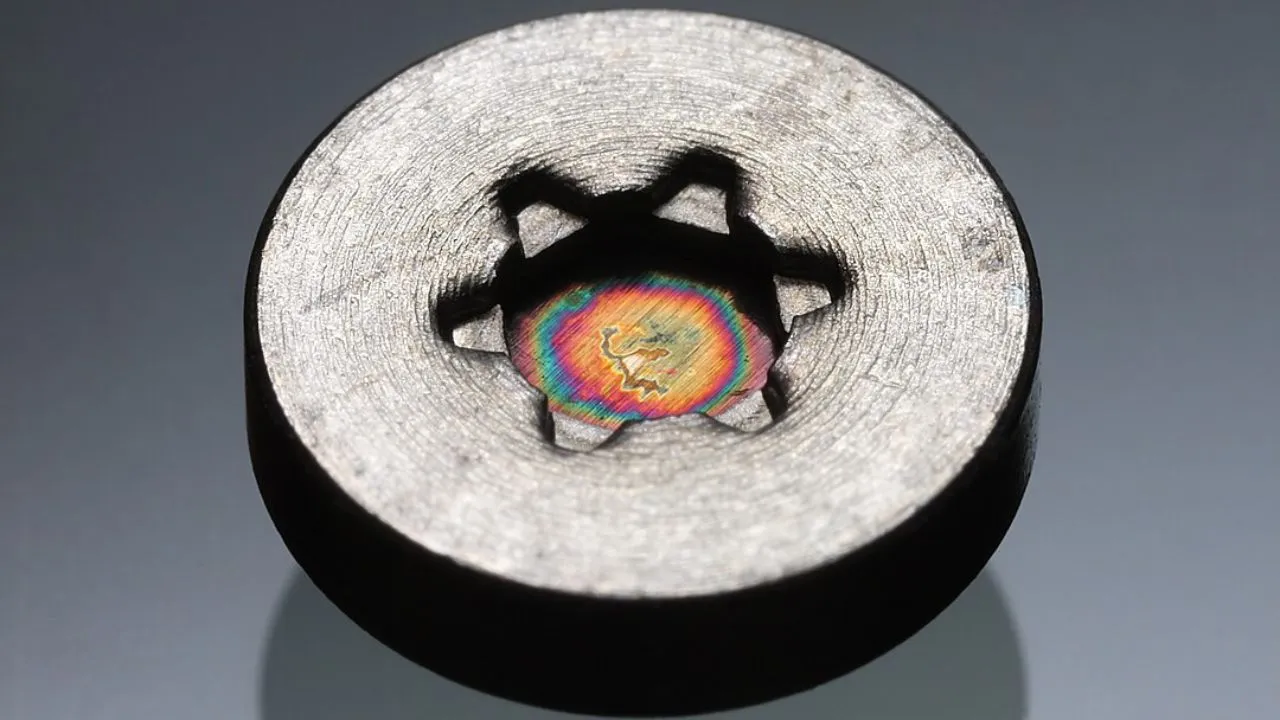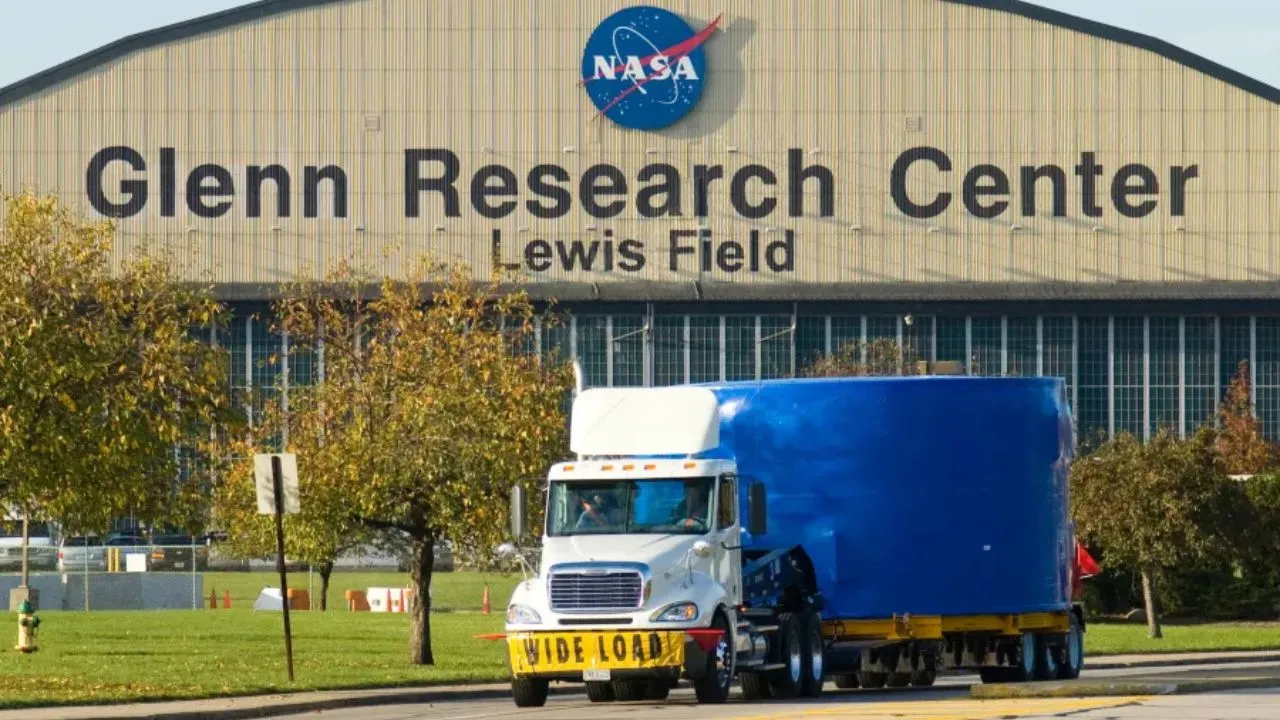For more than 60 years, NASA has used radioisotope power systems, which are often called nuclear batteries, to turn the heat from radioactive decay into electricity. These batteries have powered missions like Voyager, Cassini, and Mars rovers such as Perseverance. Now, NASA is looking at a new fuel: Americium-241.
In January 2025, NASA’s Glenn Research Center teamed up with the University of Leicester in the UK to test a Stirling generator powered by americium-241 simulators. Stirling engines don’t burn fuel like traditional engines. Instead, they use sealed pistons to convert heat into motion and electricity. Because there’s no contact between the moving parts, the system can run for decades with little wear. That makes it ideal for long missions, like sending a probe to the outer planets or exploring the dark, frozen craters on the Moon.

So why americium? NASA has long used plutonium-238, which produces a lot of heat for its weight. But plutonium is scarce and expensive to produce. Americium-241 is more available. It can be recovered from nuclear waste and has a much longer half-life (432 years) as compared to plutonium’s half-life (88 years). It doesn’t generate as much power per gram, but it lasts longer and is easier to source.
During the test, electric heaters mimicked americium’s heat to drive the Stirling generator. The generator kept running even when one converter failed. That kind of redundancy is important for missions where repairs aren’t possible.
Hannah Sargeant, a researcher at Leicester, pointed out how valuable this kind of reliability could be for missions that can’t afford to lose power. “One of the standout features of this design is its ability to maintain electrical power even if a Stirling converter fails,” said Hannah.

The collaboration rapidly moved from concept to a near-flight-ready prototype, thanks to strong coordination between teams. NASA supplied the Stirling hardware, while the University of Leicester provided the test setup and heaters. The test achieved all targeted performance and efficiency benchmarks.
Americium-241 might also help make deep space missions more practical. The UK’s National Nuclear Laboratory has already started producing small amounts, with plans to scale up by 2027. Since around 80% of deep space missions rely on nuclear power, having a steady fuel supply could be a game changer.
NASA is now working on a more advanced testbed that can survive the stresses of launch and space. If it works, this new power source could help future missions reach farther and last longer

